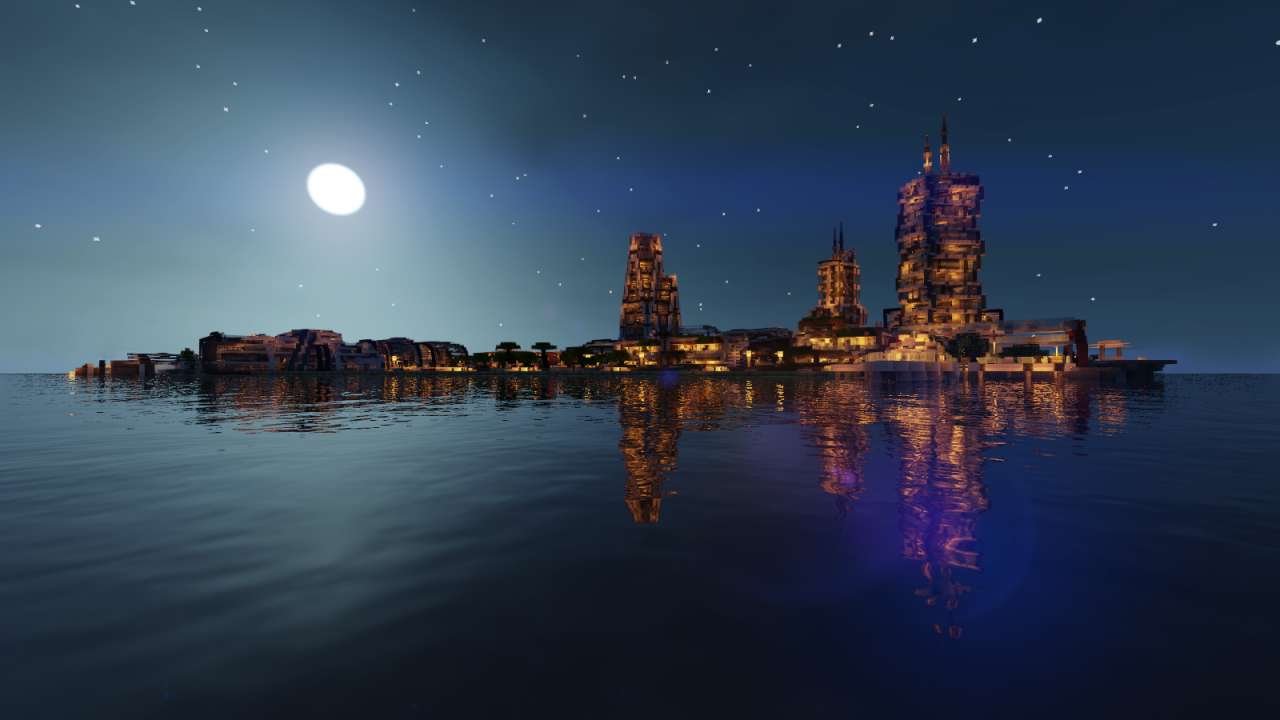

Within a few decades after Columbus landed on San Salvador in 1492, the Spanish had depopulated the islands by shipping the peaceful Arawaks to slavery in the mines of Hispaniola and Cuba, where they died by the thousands.

The original inhabitants of The Bahamas were Arawak Indians, who had migrated through the Antilles from South America. New Providence has 69.9 percent of the population, Grand Bahama and Abaco with 15.5 percent, and 10.3 percent are scattered on the remaining islands and cays. Ninety percent of the total population lives on New Providence, Grand Bahama and Abaco. The 2000 census disclosed that the population of The Bahamas totaled 306,611, with 155,896 females and 147,715 males. Once known as Como Hill, Mount Alvernia overlooks The Bight. The highest point in The Bahamas is 206-ft. The principal islands include Abaco, Acklins, Andros, Berry Islands, Bimini, Cat Island, Crooked Island, Eleuthera, Exuma, Grand Bahama, Harbour Island, Inagua, Long Island, Mayaguana, New Providence (where the capital, Nassau, is located), Ragged Island, Rum Cay, San Salvador and Spanish Wells.

The group consists of 700 islands and 2,400 cays with an area of 5,358 sq. The Bahamas extends 760 miles from the coast of Florida on the north-west almost to Haiti on the south-east. Mof_content/internet/The Government/Government/Gov Home Left Nav Gov Home Left Nav


 0 kommentar(er)
0 kommentar(er)
